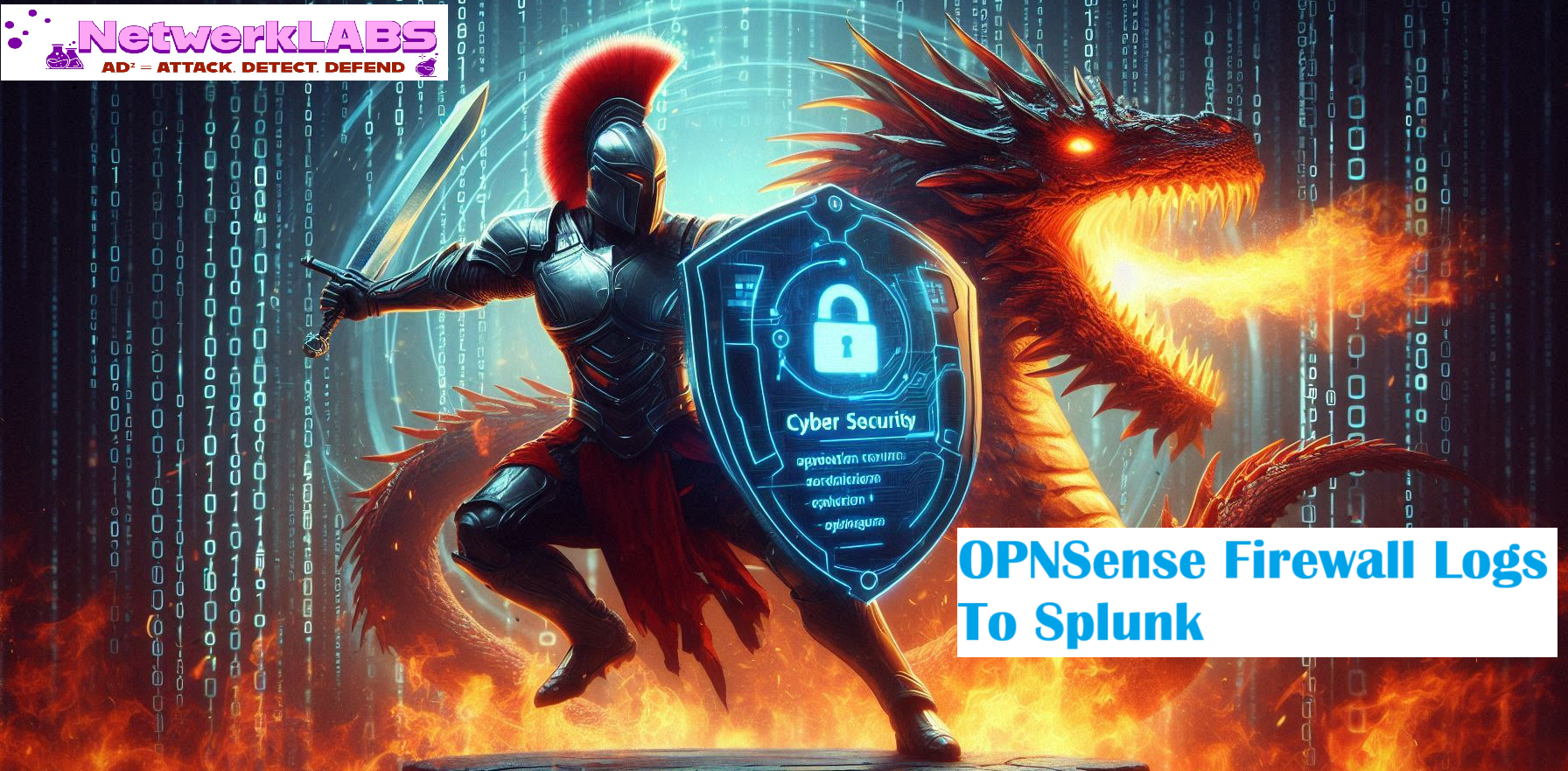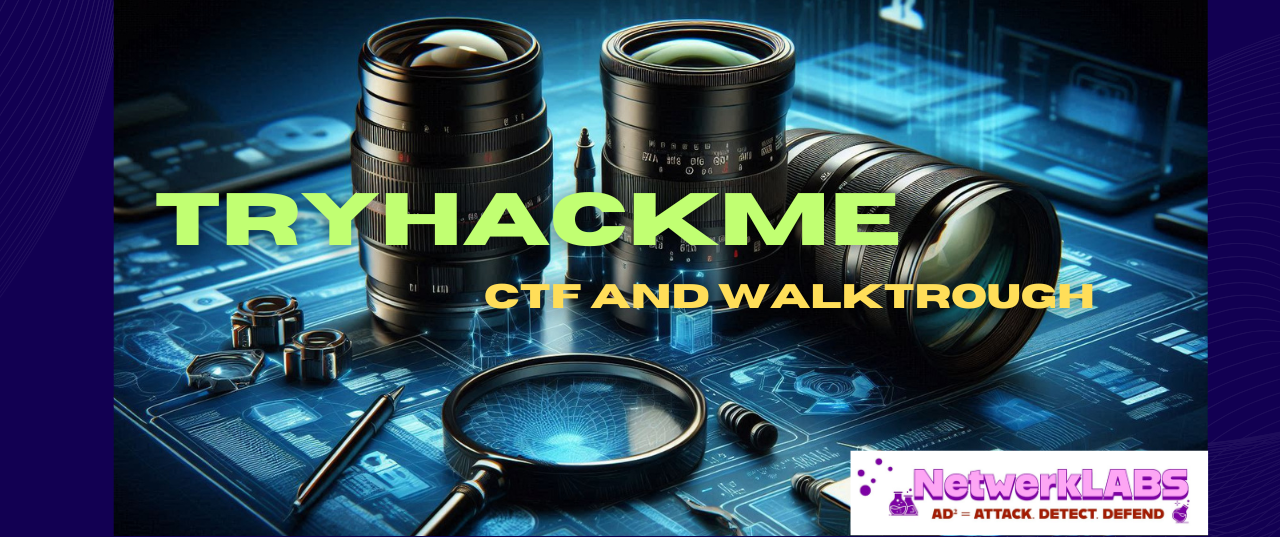Regular Expressions
Views: 12Regular Expressions: Charsets Searching for Specific Strings Charsets in Regex Using Ranges Matching and Excluding Patterns Important Notes Regular Expressions: Wildcards and Optional Characters Wildcard Matching (. Dot) Optional Characters (? Question Mark) Matching a Literal Dot (\.) Regular Expressions: Line Anchors and Grouping Line Anchors Important Note: Grouping and Either/Or (|) Repeating Groups … Read more









